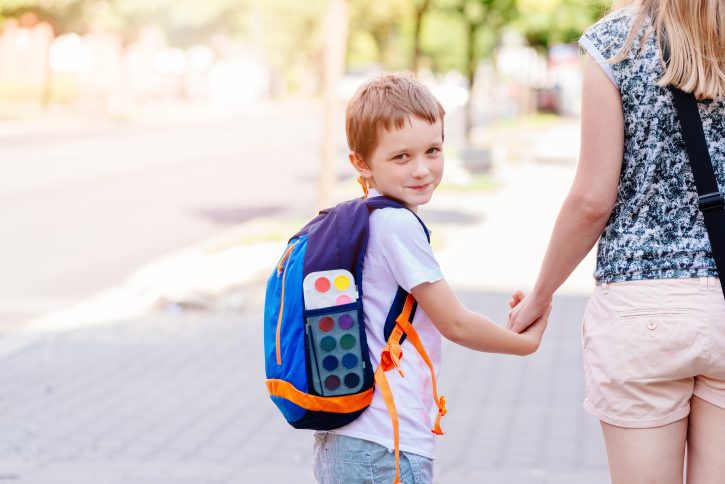
Safety is No Accident
Safety: it’s a choice we need to make throughout our entire lives. Whether it’s driving without passengers as a newly licensed teen, finding alternatives to prescription painkillers in middle-age, or fall-proofing the bathroom as an older adult, we’re all empowered to make safe decisions for ourselves and those we care about. Even in familiar surroundings, we need to constantly be looking for dangers around us throughout our day.
Keeping an eye out for hazards can help you identify and avoid them before an injury occurs. Looking at the world through this safety lens can help you protect yourself and those around you. Read on to learn more about common dangers and pitfalls – and how to avoid them.
Watch Where You’re Going
Distracted walking is on the rise for people of all ages. With so many things competing for our attention, safety needs to be a priority:
- Check your emails and send your texts before you start walking.
- Duck into a doorway or move off to the side to make a call, send a text or answer emails.
- Never cross the street while using an electronic device and make sure you can hear traffic and sounds around you.
- Scan ahead for cracks on the ground, spills or changes in elevation.
Protect the Children in Your Life
More than a third of child injuries and deaths happen at home. Parents or guardians should be on the lookout for potential sources of injury.
According to the CDC, most incidents occur where there is:
- Water: in the bathroom, kitchen, swimming pools or hot tubs
- Heat or flame: in the kitchen, fireplace, or at a barbeque grill
- Toxic substances: under the kitchen sink, in the medicine cabinet, in the garage or garden shed, in a purse, or other place where medications are stored
- Potential for a fall: on stairs, slippery floors, or from high windows. Tall furniture, such as dressers, are a hazard for climbing children, as a fall can cause the child to become trapped underneath, leading to potential trauma or suffocation. Trampolines are one of the top injuries to children during the summer months. Try to always have an adult present, children under the age of six should not jump on a trampoline and only one person at a time should be jumping.
If a fall occurs and there is bleeding, learning how to control the bleeding is very important.
Uncontrolled bleeding is the number one cause of preventable death from trauma. The greater the number of people who know how to control bleeding in an injured patient, the greater the chances of surviving that injury.
- Direct pressure is still the primary and most effective method of controlling bleeding. The exception to this rule being an appendage amputation.
- You should then pack the wound with gauze and continue to pack it until you can’t get more into the wound. After packing, apply very firm pressure for three minutes. The combination of gauze in the wound and finger pressure will stop most bleeding.
Be Safe Around Water
Whether you live in a climate that’s warm year-round, or you enjoy outdoor activities during the summer, swimming and water are likely to be a big part of family fun. But the importance of safety around water cannot be overstated. Water safety is a part of daily life no matter where you live. Drowning is the second leading cause of unintentional death in children ages 1 to 14.
While many are aware of the importance of safety around pools and at the beach, parents also need to supervise their children near bathtubs. Nearly 30 percent of home drowning incidents occur when a child falls into a pool or is left alone in the bathtub.
Take Safety With You
No matter where you go, you can make safety a priority. For example:
- Going to a ballgame? Watch for foul balls!
- Heading to a concert? Consider ear plugs, and check for cables that may run along floors.
- Visiting somewhere new? Designate a meeting place in case you get separated.
Where does your family visit frequently each summer, and what are some of your most helpful safety tips?
Source: National Safety Council